Medical waivers. Masks. Virtual showings. Seven-figure purchases, sight unseen.
Home buying and selling has seen a head-snapping shift during the COVID-19 era, as both parties deal with the demands of physical distancing, virtual showings and previously unheard-of safety considerations.
One thing that hasn’t changed is the competition: Most major Canadian markets are as buoyant as ever after a brief slump and in defiance of gloomy forecasts about the impact the pandemic could have on real estate activity.
But the nuts and bolts of the process – how buyers and sellers interact and how realtors work with both – looks dramatically different than it did a few months ago, forcing years’ worth of sales innovation into just a few months.
Here are a few of the biggest changes:
Say goodbye to open houses
So much for perusing open houses as a weekend pastime. Physical distancing brought group showings to an abrupt halt this spring. As restrictions eased nationwide, open houses slowly started up again. In Ontario, for example, the province lifted its prohibition in most areas on July 17 as part of its Stage 3 reopening.
Still, open houses are nowhere near as common as they once were. Sellers remain wary of inviting large groups of people to traipse through their homes and some renters’ groups have spoken out against them as well.
“Before you could have upwards of two or three different agents with groups, at any given time, showing the same property,” says Darren Josephs, a Toronto Re/Max agent. “Now, the windows are 15-to-30 minutes and no overlap.”
Also, each client goes through individually, following sanitizing protocols before and after each visit. And there’s no such thing as dropping in with a moment’s notice, Mr. Josephs says.
“I think a lot of people were never entirely comfortable with open houses, especially sellers,” he says. “I think we’ll see a real long-term effect from this and more qualified showings, which tend to weed out people who aren’t serious.”
Vancouver-based independent realtor Chris Strand says there’s a “split in the realtor community” on the issue. He points out that realtors can often pick up new clients at open houses. However, he agrees that a decline in open houses – at least as we once knew them – may be one of the biggest long-term changes to emerge from the pandemic.
Better digital sales tools
The era of out-of-focus photos and sparse online listings is over, according to Patti Ross, a Royal LePage realtor in Halifax.
“You’ve always seen listings and asked, ‘Why are the photos so bad?’” she says. “We were proactive in my brokerage years ago in stepping up online marketing and building a photography and video department and it’s really paying off now.”
Realtors have also long been limited in the number of photographs they can use on listings but, from coast-to-coast, those limits have been bumped up, allowing potential buyers to get a better sense of a property before arranging a viewing.
“Our real estate board just upped our photo count from 20 to 40,” Mr. Strand says, “and we’re seeing more people hiring professional videographers and using virtual walk-through tools.”
Sometimes that means 360-degree photos tours and, for high-end properties, it can mean full-blown immersive 3D renders of a property’s interior. That can help drive more selective, qualified showings, and fewer potential buyers arranging a viewing out of curiosity, only to show up and quickly realize the property isn’t right for them.
More safety protocols
When in-person viewings do take place, safety has become a top priority. In most cases, realtors will go into homes in advance, opening every door, cabinet and cupboard for clients.
“We ask that visitors treat the house like a museum,” Mr. Josephs says. “No touching.”
Potential buyers sign waivers attesting to their lack of COVID-19 symptoms and international travel. And everyone – buyers, sellers and agents – wear masks and keep the mandated two-metre distance.
Even Ms. Ross’ photographers and videographers make sure their gear is sanitized before it enters a property and they clean it thoroughly once they leave.
Some realtors hope that better safety protocols can instill more confidence in sellers to list their homes.
Major markets nationwide are currently grappling with a serious imbalance between supply and demand, as buyers return to the market in droves, but sellers remain shy. ”
You definitely see people waiting or holding off on listing,” Ms. Ross says. “But once you talk to people and tell them about process, they feel better.”
More risk-taking
That imbalance between buyers and sellers has also made markets more competitive. In Halifax, Ms. Ross recently sold one suburban property listed at $229,000 for $55,000 over asking, after entertaining more than 30 offers. In Vancouver, Mr. Strand is seeing similar activity, as is Mr. Josephs in Toronto, where he recently sold one home for $350,000 over asking, after 26 offers.
More buyers are also signing off on purchases remotely. In June, Nanos Research conducted a poll for the Ontario Real Estate Association that revealed 42 per cent of buyers were open to buying a home even if they could only see it online beforehand.
Ms. Ross says she’s noticed more buyers willing to purchase places sight unseen. (Atlantic Canada’s current self-isolation restrictions for out-of-region travellers mean visiting the region to house-hunt is especially impractical).
“We’re doing virtual tours that allow people to shop from Ontario or Vancouver,” she says, “and walk through the house remotely.”
She’s also begun doing walk-through video tours of neighbourhoods. A video tour showcasing sports facilities and outdoor trails near one property recently helped seal the deal with one out-of-province family.
Mr. Strand is seeing the same kind of activity in Vancouver.
“We’re using FaceTime, and I’ve had potential buyers from Ontario, Alberta, and several from Hong Kong,” he says.
Mr. Strand says some of that activity may be due to the current bull market in housing. But most industry watchers, including major banks and the Canadian Mortgage and Housing Corporation, are still forecasting at least a modest decline in home prices over the coming year. As sellers re-enter the market, spiralling prices may well simmer down – good news for buyers already struggling with deteriorating affordability.
But even if markets re-balance, there seems little doubt that COVID-19 will result in lasting changes to the way Canadians buy and sell homes.
“Anything could happen in the next few months,” Mr. Strand says. “We’re all just waiting to see what sticks as we keep going through this and what goes back to the way it was before.”

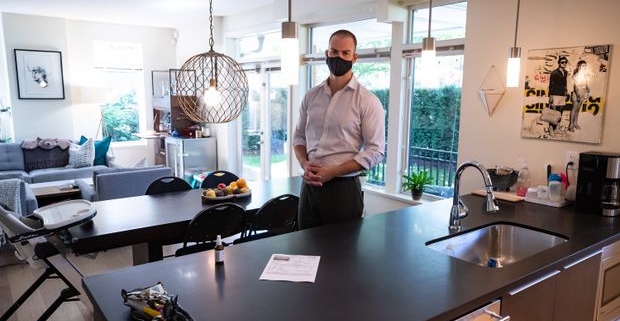
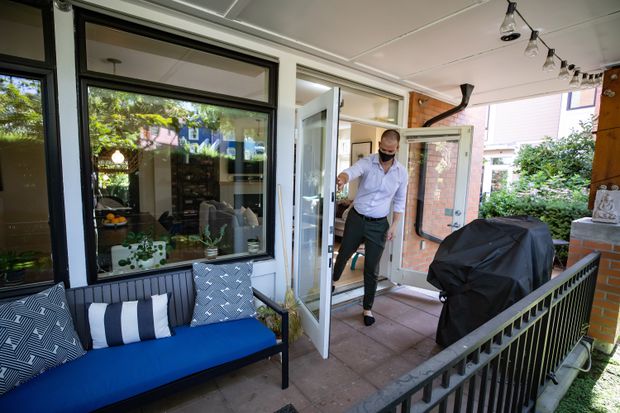
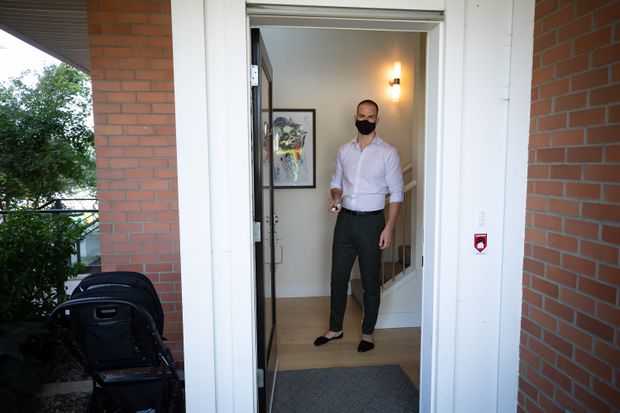

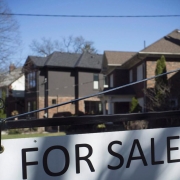


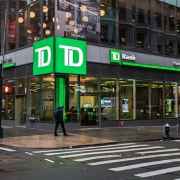
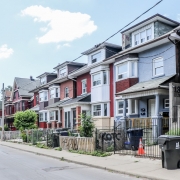
 Maziar Moini, Broker of Record - Home Leader Realty Inc.
300 Richmond St. W., #300, Toronto, ON M5V-1X2
Maziar Moini, Broker of Record - Home Leader Realty Inc.
300 Richmond St. W., #300, Toronto, ON M5V-1X2



